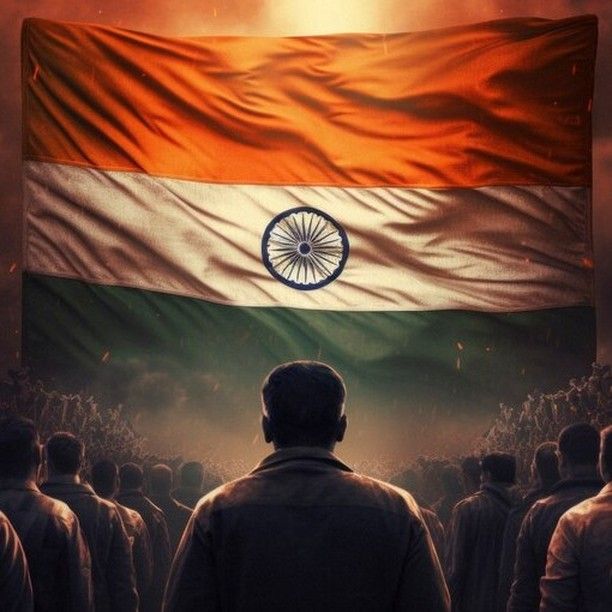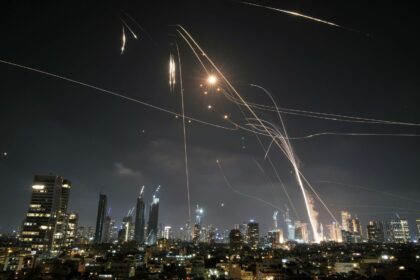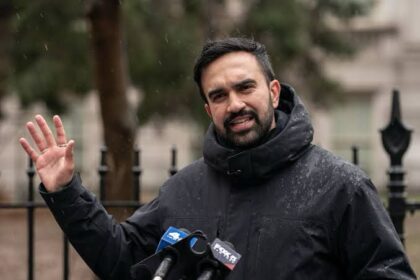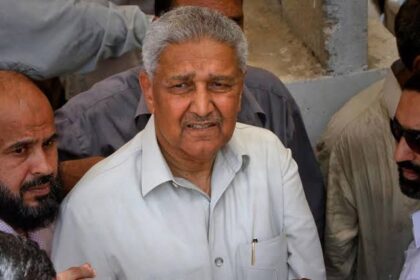When the state forgets to listen, others begin to speak. Broken roads, empty clinics and unheard voices tear holes in the social fabric. To solve this, insurgents rise. Not with guns and flags, but with promises to fix what’s being ignored. The moment they speak, the state gives them a new name: rebels. Suddenly, the issue is not about rights or repair but control. The state steps in not with armies but with silence dressed as psychological pressure, surveillance, paramilitary forces and economic control.
They call it “winning hearts and minds.” Yet, the question remains: if both sides talk of rebuilding lives, why is one silenced while the other is celebrated? This strategy isn’t new, but it’s rooted in empires. The phrase “winning hearts and minds” was first used in 1895 by French General Hubert Lyautey during the Tonkin campaign. He didn’t rely on bullets, but on psychological control wrapped in the language of welfare.
A few decades later, British General Gerald Templer revived the history during the Malayan Emergency of the 1950s. They offered aid and outreach, but at what cost? Watchful eyes and constant surveillance. It wasn’t compassion; it was calculated manipulation. Loyalty was managed not through care but control. Today, the colonial flags may be gone, but the wounds remain open, and they still bleed, as witnessed during the War on Terror.
The United States and the United Kingdom picked up similar strategies. In Iraq and Afghanistan, the U.S. didn’t just fight with lethal weapons—it followed a manual. The COIN (Counterinsurgency) guide, FM 3-24, co-written by General David Petraeus, laid out a different battlefield: not guns, but minds. The plan? Get close to locals. Build trust. Patrol streets. Offer aid. And most importantly—watch every single step.
In 2007, the U.S. launched a troop surge in Iraq, focusing on Baghdad and Al Anbar Province. But when violence crept in quietly, many Iraqis began to feel strangers in their own motherland. Helpers turned into occupiers when fog cleared. And though the troops left, the strategy didn’t. It travelled ghost-like across borders. Because control, once learnt, never dies. It only changes its cloak.
Today, the same tactics are being used in our own neighbourhood—inside India’s borders, not on foreign soil. When India revoked Article 370 in 2019, our Kashmiri brothers and sisters were thrown into a six-month lockdown. Internet and phone lines were shut. Over 4,000 people were detained, many without even any charge. These weren’t just random arrests. They included local politicians, activists and community voices, a clear sign that counterinsurgency had arrived. Foreign journalists were banned. Social media was blocked. What was the state so afraid of? Central Reserve Police Force (CRPF) checkpoints, armed patrols, and surveillance cameras flooded the streets, all in the name of peace to suppress the bubble of insurgency. The government claimed these extreme steps were necessary precautions to prevent unrest and terrorism. But has anyone ever asked the people trapped in that darkness what peace really looks like?
In Wazir Bagh, Srinagar, barbed wire surrounds CRPF posts, cutting through narrow residential lanes. In 2012, a ten-year-old girl named Muskan got caught in it. It led to ten stitches on her head. But no one raised their voice. Those who tried were met with silence in return. As Ramadan approached, residents feared not for themselves but for their children, their prayers, and their freedom to walk. Despite numerous appeals and even court petitions, the wires remained. They weren’t protecting people; they were punishing their movement.
And this isn’t where the story ends; it’s where it begins, spilling into another land: Manipur in India’s Northeast. In May 2023, Manipur exploded in violence between the Meitei and Kuki communities. Over 175 people got killed. More than 60,000 fled their homes. Over 5,000 houses were burnt along with 389 places of worship, churches and temples alike. This violence made global headlines when 2 Kuki women were paraded naked and allegedly gang-raped by a mob. The army came in, but fear stayed behind. These people weren’t demanding power. They were pleading for dignity, safety, and peace. But they were met with clouds of gloom and horror. And this horror didn’t gather overnight. It thickened over time, layer by layer, through years of state neglect, ethnic inequality and rising mistrust. In places where people needed answers, not barbed wire and boots. Instead of healing, they received containment.
Kashmir and Manipur may seem different, but their stories rhyme in the same key. In both regions, citizens asked for dignity and development. What they got was paramilitary movement, economic control and psychological damage. Now, checkpoints and silence mark their daily lives. This isn’t governance; it’s occupation. So, we must ask: If counterinsurgency was born in empires, why is it alive in democracies? How can a government impose colonial-style control on its own people—and still claim to serve them? What’s unfolding in India’s northeast isn’t history repeating. Its history rebranded: quieter, smarter and more calculated. And until we choose voices over violence and care over control, the imperial afterlife of counterinsurgency will keep haunting us.














